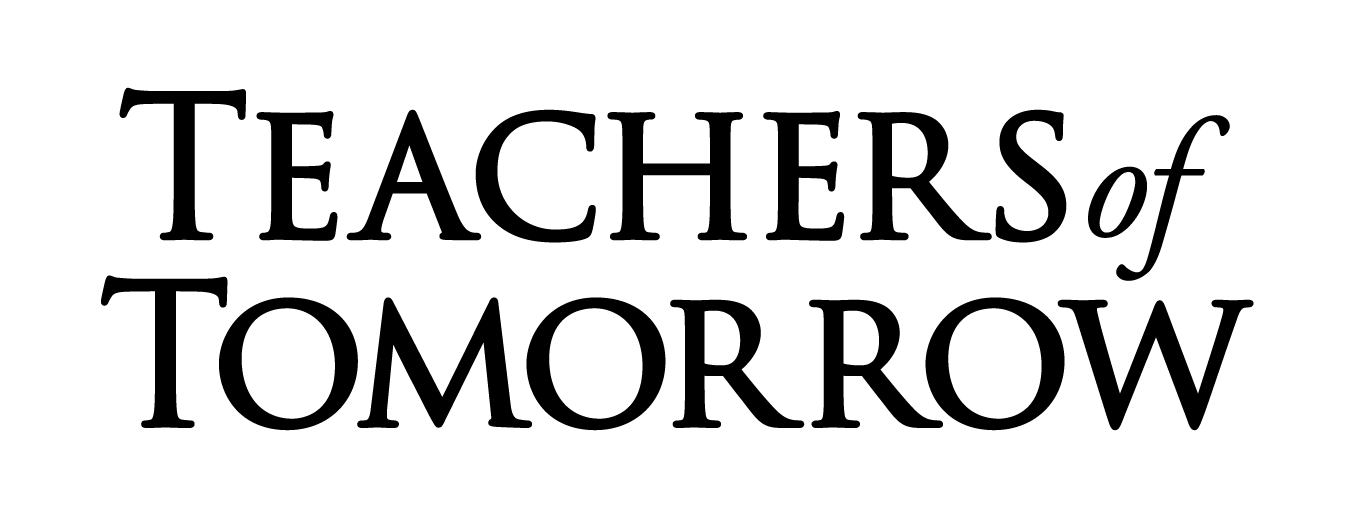If you are interested in becoming an ESOL teacher and want to learn more about the process, it’s important to understand the role these educators play in today’s classrooms. ESOL stands for English for Speakers of Other Languages. ESOL teachers work with students who are learning English as a second (or third) language, helping them acquire language skills that support academic success and everyday communication.
If you have a passion for languages, enjoy working with culturally diverse students, and want to make a meaningful impact on learners’ futures, becoming an ESOL teacher may be the perfect fit. This article will walk you through how to become an ESOL teacher, including requirements, certification options, and salary expectations in 2025.

ESOL Teacher Job Description
An ESOL teacher specializes in instructing students whose first language is not English. These educators provide targeted support to help English language learners (ELLs) build reading, writing, speaking, and listening skills. ESOL teachers may work with students in small groups, in mainstream classrooms (co-teaching), or in dedicated ESL/ESOL classrooms.
Typical responsibilities include:
- Developing lesson plans aligned with English language proficiency standards (such as WIDA or ELPA21)
- Providing individualized and group instruction to support language development
- Supporting content area teachers in modifying lessons for ELLs
- Monitoring and assessing student progress using language proficiency assessments
- Collaborating with families, interpreters, and school support staff
- Advocating for students’ cultural, academic, and linguistic needs
- Participating in professional development focused on ELL instruction and cultural competency
ESOL teachers must be culturally sensitive, patient, and creative in adapting instruction to meet a wide range of language abilities and educational backgrounds.
How to Become an ESOL Teacher in 2025
If you’re considering a career in English language instruction, becoming an ESOL teacher typically follows the steps of general teacher preparation, with added emphasis on language acquisition training and cultural responsiveness.
Earn Your Bachelor’s Degree
Your first step is earning a bachelor’s degree from an accredited college or university. Many ESOL teachers major in education or English as a Second Language (ESL) if their school offers that concentration. Alternatively, you may major in English, linguistics, applied linguistics, or a foreign language, and then complete a teacher preparation program with an ESOL component.
These programs often include coursework in second language acquisition, cultural studies, and instructional strategies for multilingual learners.
Complete a Student Teaching Internship
As part of your teacher preparation, you’ll be required to complete a student teaching internship. This experience allows you to work in a classroom under the supervision of a certified ESOL teacher.
During this time, you’ll learn how to manage classrooms with diverse language needs, deliver effective language instruction, modify academic content, and support student engagement. This hands-on training is crucial to building confidence and competence before becoming a licensed ESOL teacher.
Pass Certification Exams
After completing your degree and internship, the next step is to pass your state’s certification exams. This typically includes a basic skills exam and a subject-specific exam in English to Speakers of Other Languages (often referred to as the ESOL Praxis or equivalent).
These exams assess your understanding of language acquisition theories, literacy development, instructional practices for ELLs, and your ability to apply this knowledge in a classroom setting.
Apply for the State Educator’s License
Once you’ve passed your exams, you’ll apply for your state educator license. This step includes submitting transcripts, exam results, and proof of teacher preparation coursework. Most states also require a background check and fingerprint clearance.
Once approved, your license allows you to teach ESOL in public schools within that state. Some states also have tiered licenses that allow for advancement as you gain experience and credentials.
Obtain an ESOL Endorsement
In many states, ESOL teaching requires a specific endorsement in addition to your general teaching certification. The ESOL endorsement confirms that you are trained to meet the unique needs of English language learners.
You may earn this endorsement during your initial certification program or by completing additional coursework and passing the required state exam. Some teachers add the ESOL endorsement to an existing license (e.g., in elementary or secondary education) to become dual-certified.
ESOL Teacher Skills
ESOL teachers need a unique set of skills to be effective in diverse, multilingual classrooms. Some of the most important include:
- Cultural Competency – Understanding and respecting diverse cultural backgrounds to create inclusive learning environments.
- Strong Communication – Explaining complex concepts clearly to students at various language proficiency levels.
- Patience and Flexibility – Supporting learners with different academic and language needs requires ongoing adjustment and empathy.
- Bilingualism or Multilingualism – While not required, knowing another language can help you connect with students and understand their language learning challenges.
- Collaboration Skills – ESOL teachers often work alongside content teachers, families, and administrators to support student success.
Salary Expectations & Job Outlook in 2025
In 2025, the average salary for an ESOL teacher in the U.S. ranges between $53,000 and $68,000 per year, depending on the grade level and location. Secondary ESOL teachers tend to earn slightly more than elementary-level teachers.
Your state and district play a large role in determining salary. States like New York, California, and Virginia tend to offer higher salaries due to cost of living and greater demand for ESOL teachers. Some urban school districts also provide signing bonuses or additional stipends for bilingual or ESOL-certified educators.
The job outlook is very strong, especially with the growing number of multilingual students across the country. The U.S. Department of Education identifies ESOL as a high-need teaching area in many states, and the number of English learners in public schools continues to rise, representing over 10% of the student population nationwide.
Degree and Certification Options for ESOL Teachers
There are multiple degree and certification pathways for becoming an ESOL teacher:
- Bachelor’s Degree in Education with ESOL concentration – A direct route that combines general teacher training with specialized ESOL coursework.
- Bachelor’s Degree in a related field (English, linguistics, etc.) – Followed by a post-baccalaureate teacher preparation program.
- Master’s Degree in TESOL or Applied Linguistics – For those seeking advanced study or transitioning into education from another field.
- Alternative Certification Programs – Available in many states for professionals with a bachelor’s degree who want to earn teaching credentials while teaching full-time.
No matter which path you take, it’s important to ensure that your program is state-approved and includes a pathway to licensure and ESOL endorsement.
Certification Requirements
To teach ESOL in public schools, you must be certified by your state’s Department of Education. The general requirements include:
- Earning a bachelor’s degree
- Completing an approved teacher preparation program
- Passing state certification exams, including an ESOL-specific assessment
- Completing a background check
- Applying for a teaching license and, in many states, an ESOL endorsement
Some states offer alternative certification pathways for candidates with non-education degrees. These programs typically involve teaching under provisional licensure while completing required coursework and passing exams.
Advancing Your Certification
Many ESOL teachers choose to expand their credentials by earning endorsements in areas like bilingual education, special education, or reading instruction. These can make you more versatile and increase your earning potential.
Continuing education is often required to renew your teaching license, and some districts offer tuition reimbursement or incentives for earning graduate degrees or National Board Certification.
Conclusion: Start Your Journey as an ESOL Teacher
Becoming an ESOL teacher offers a meaningful and in-demand career helping students from diverse backgrounds succeed academically and socially. With the right training, certification, and cultural mindset, you can support students as they master English and grow into confident communicators.
If you’re ready to take the first step toward this rewarding path, explore certification programs in your state and begin shaping the future—one student at a time.


